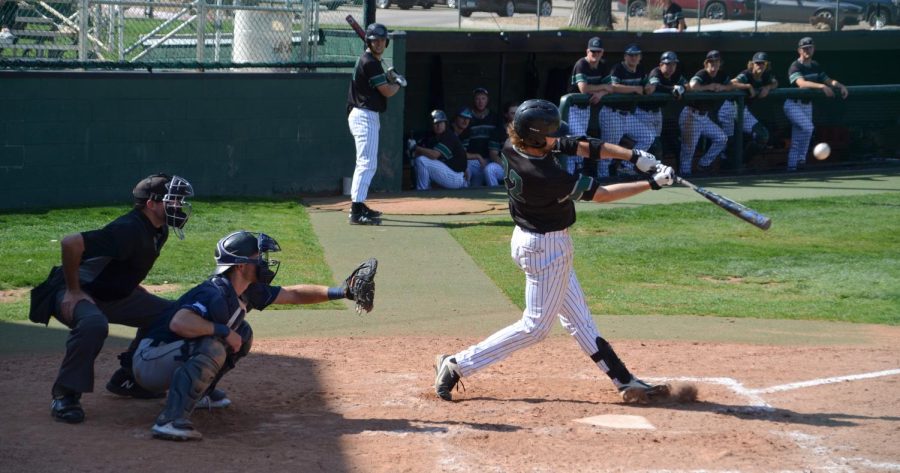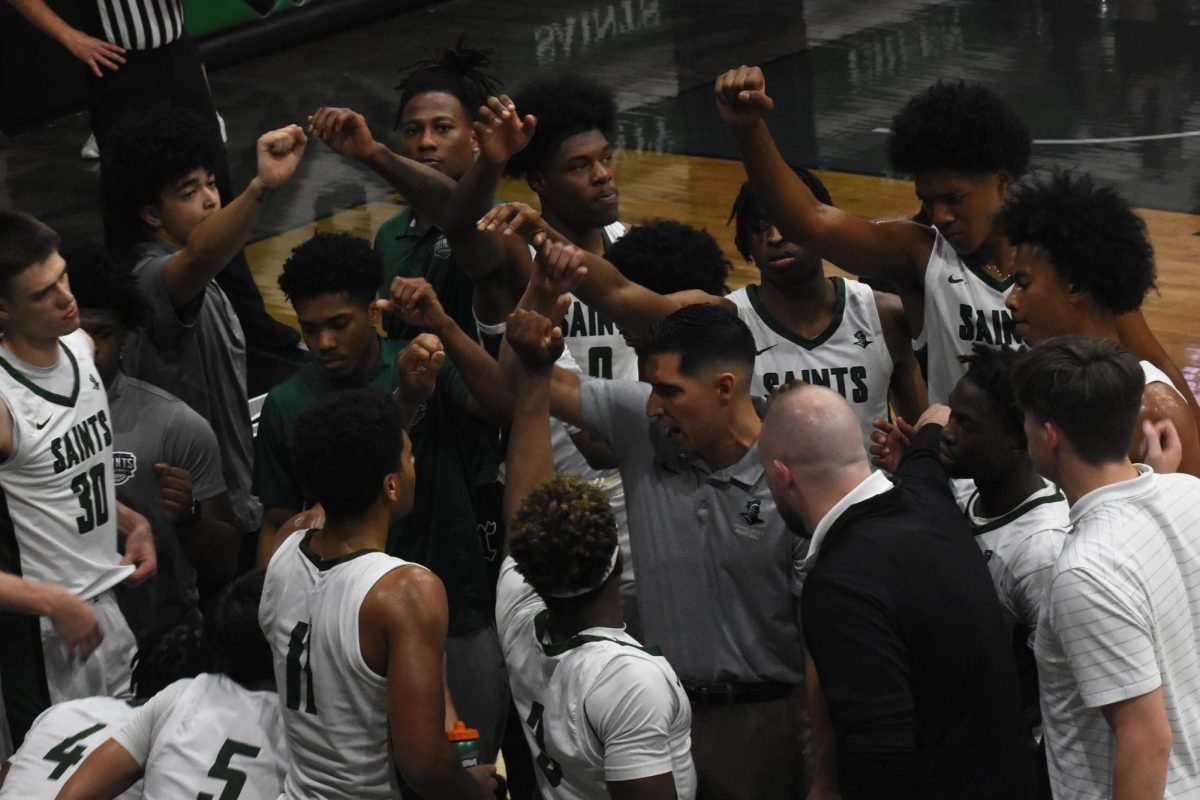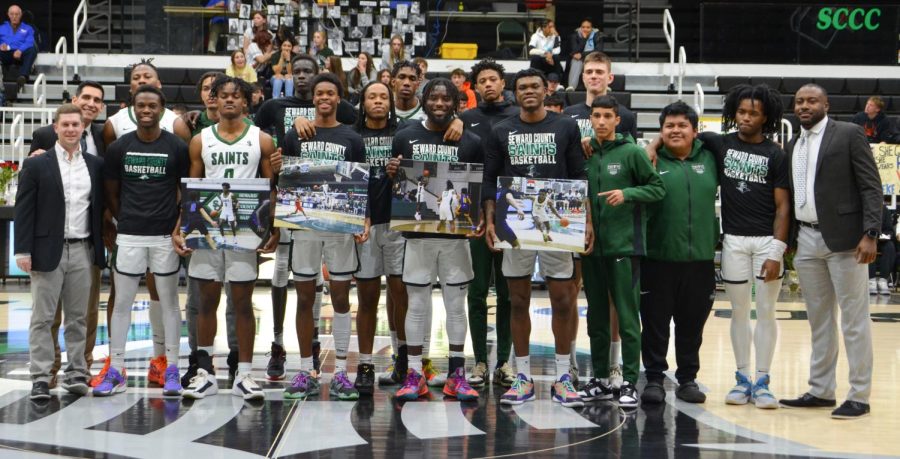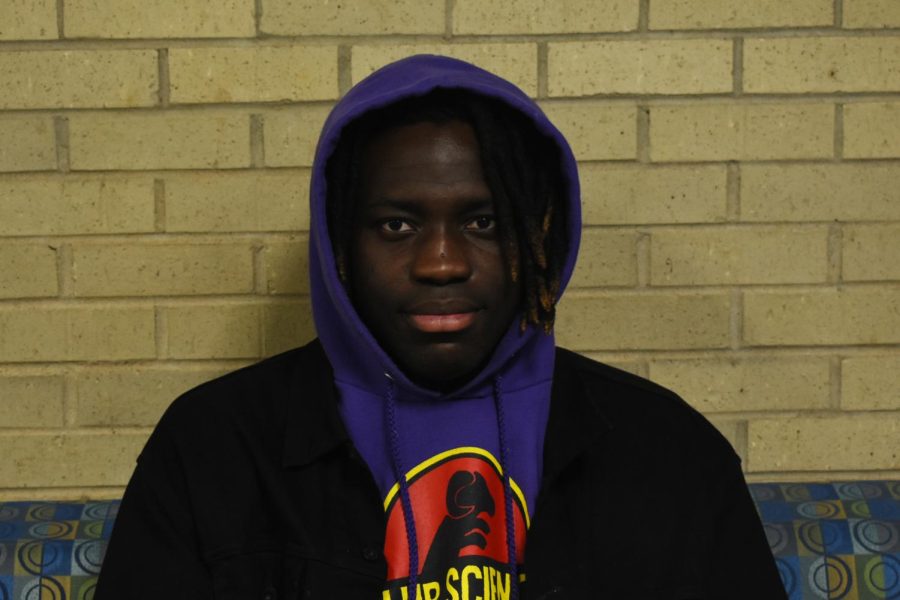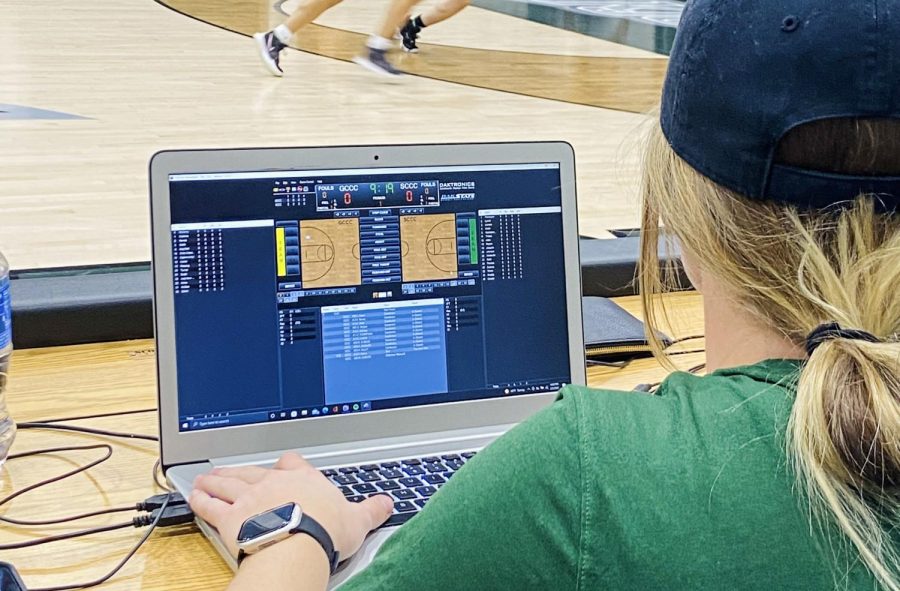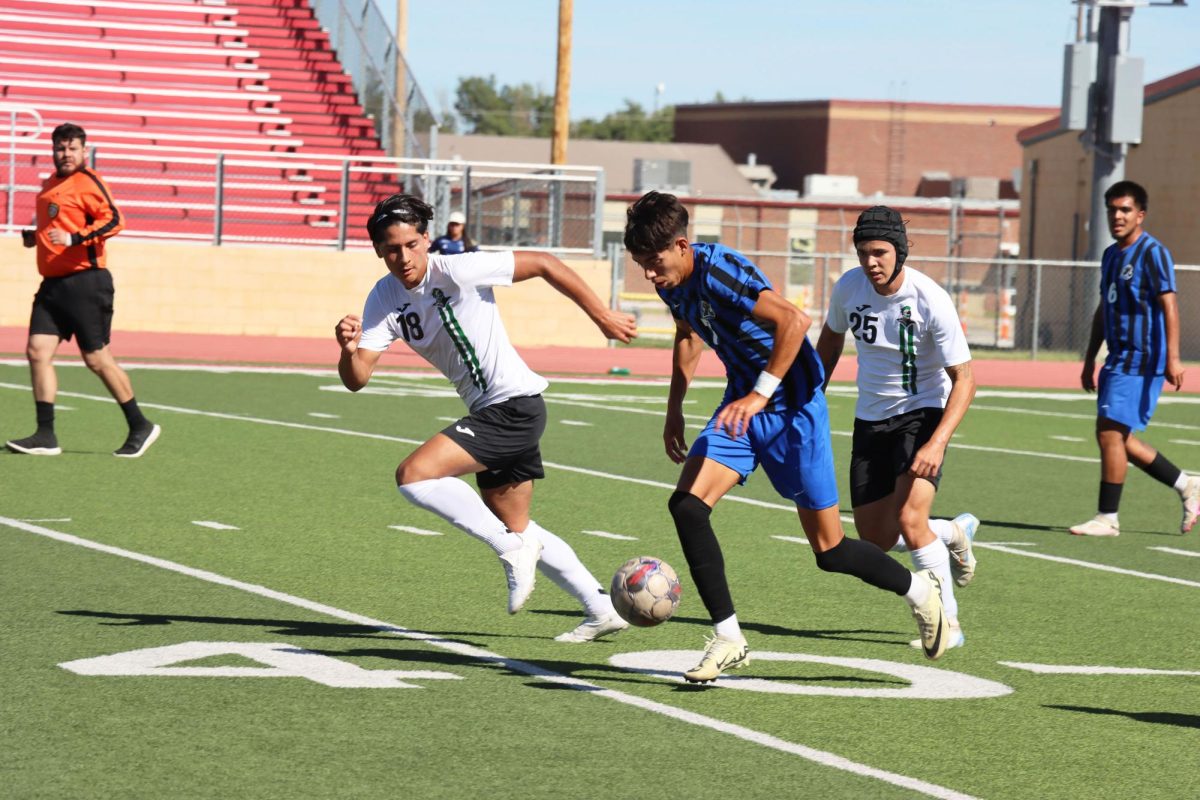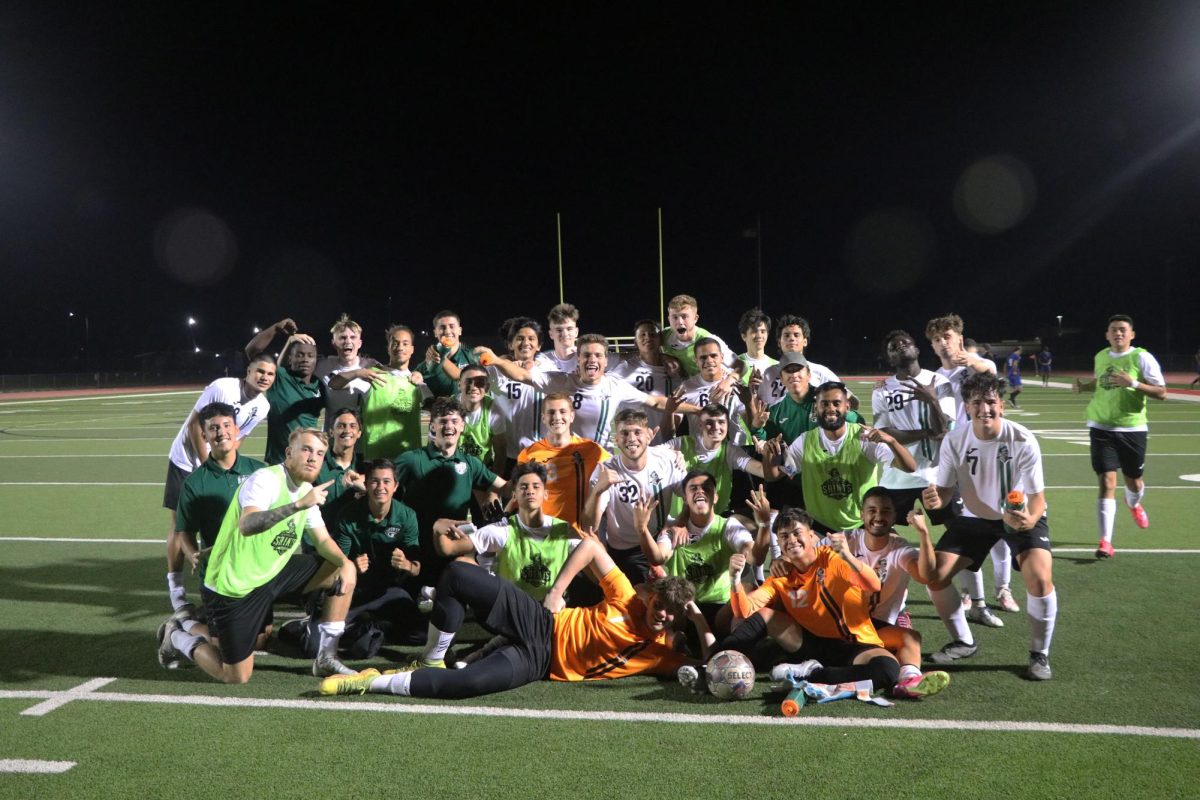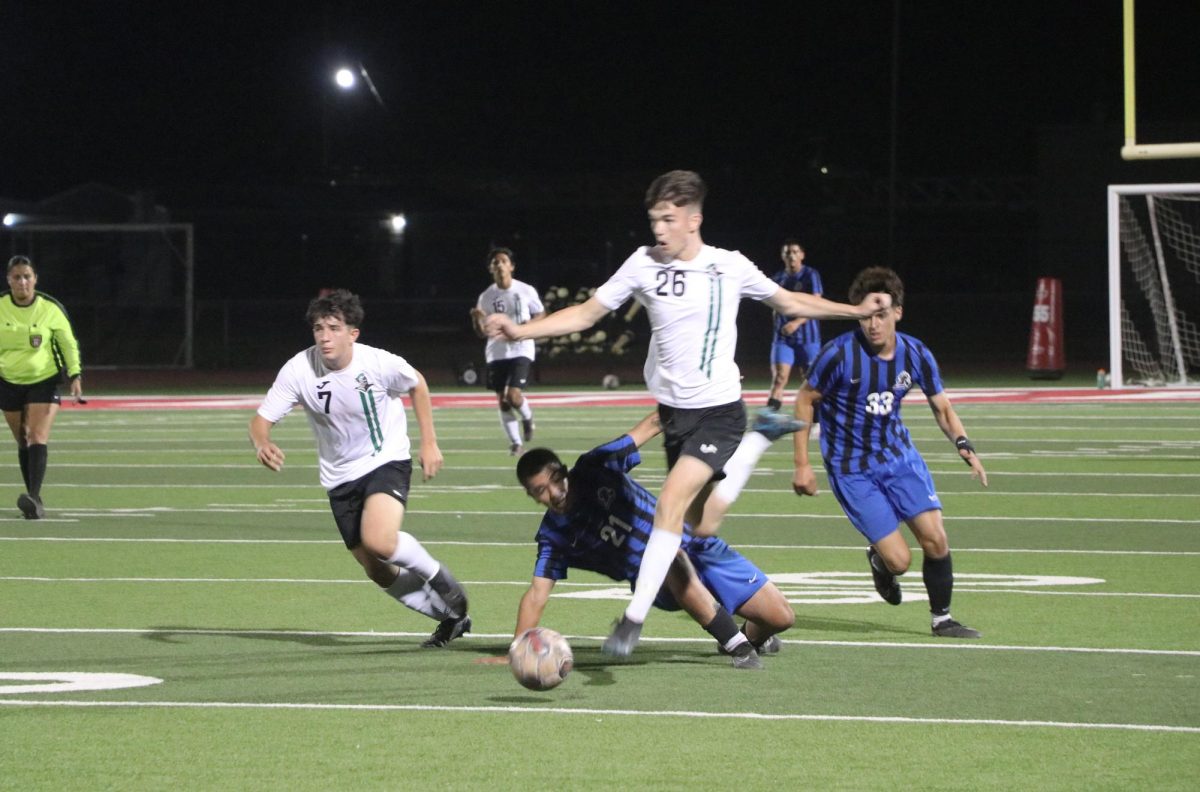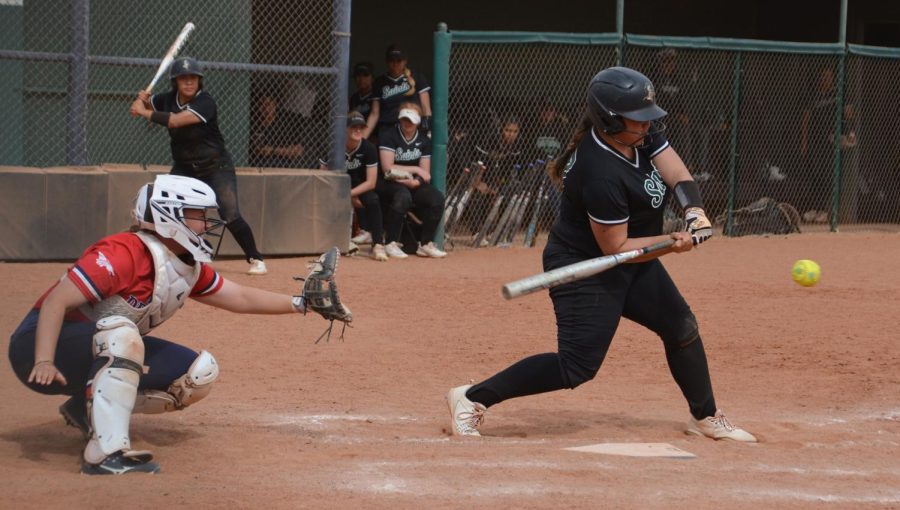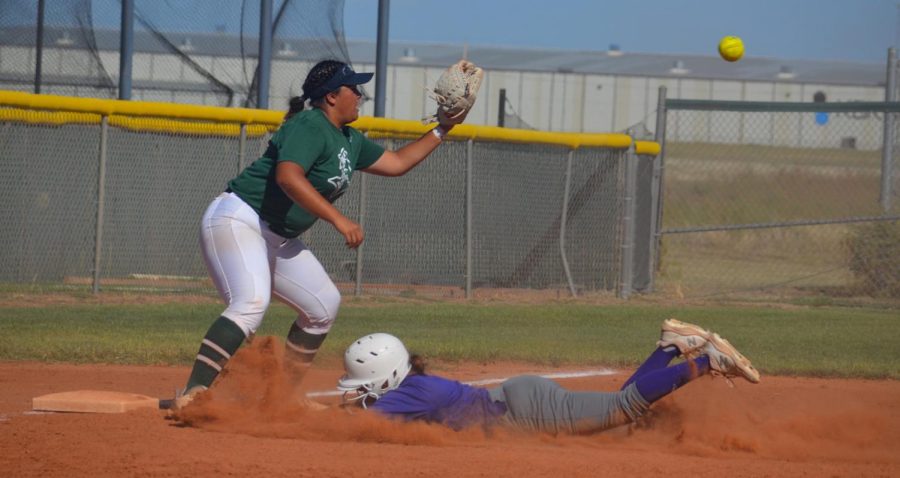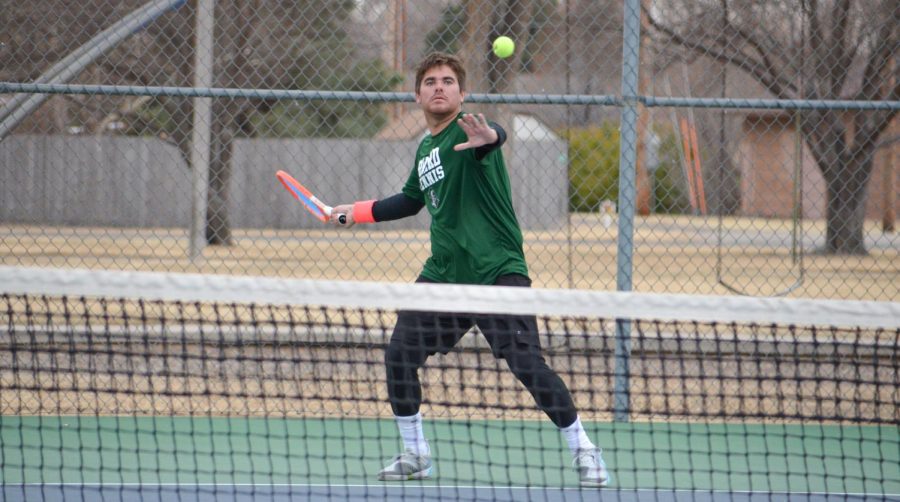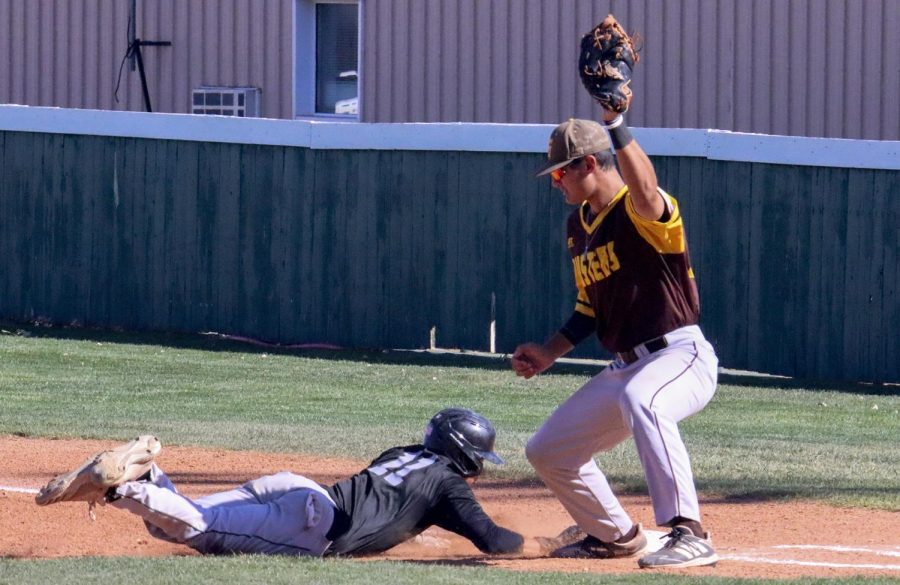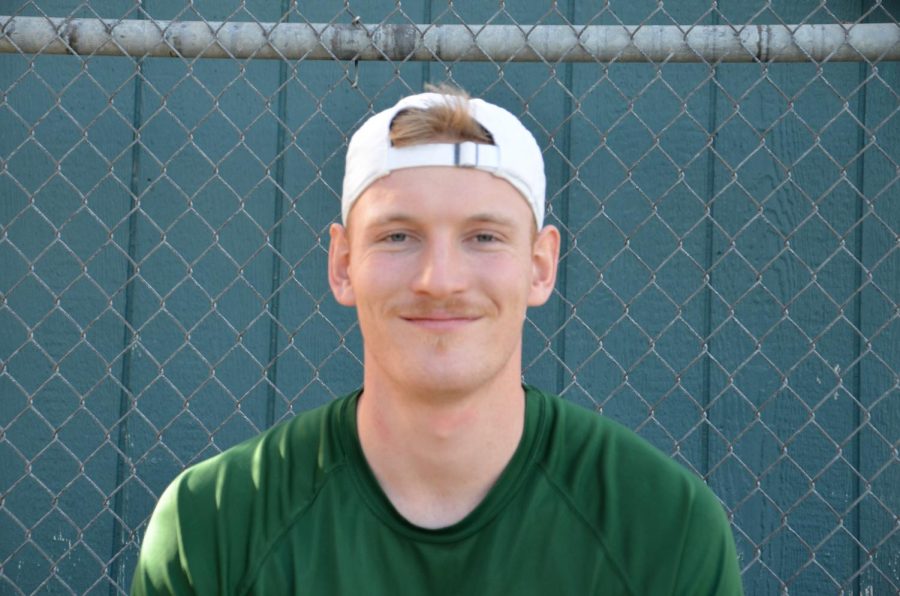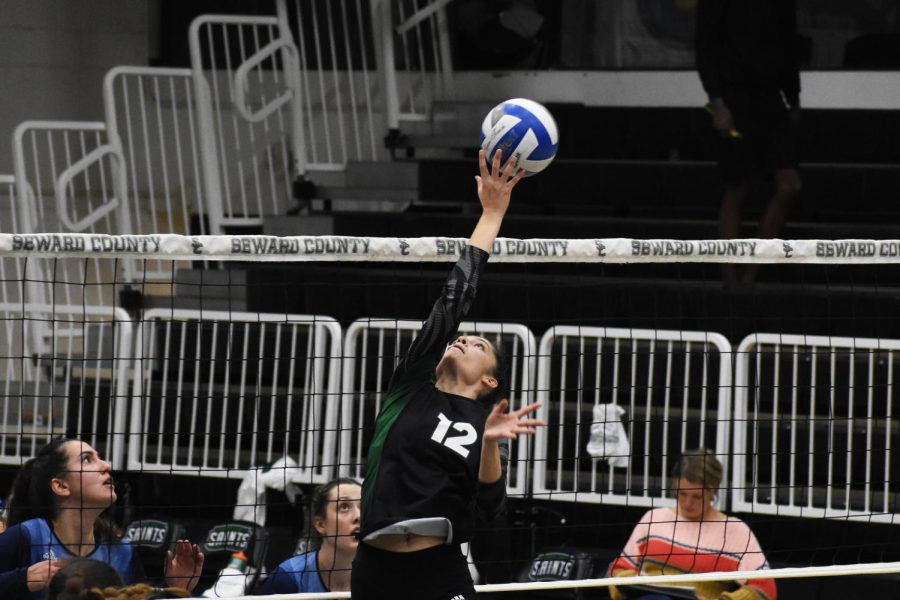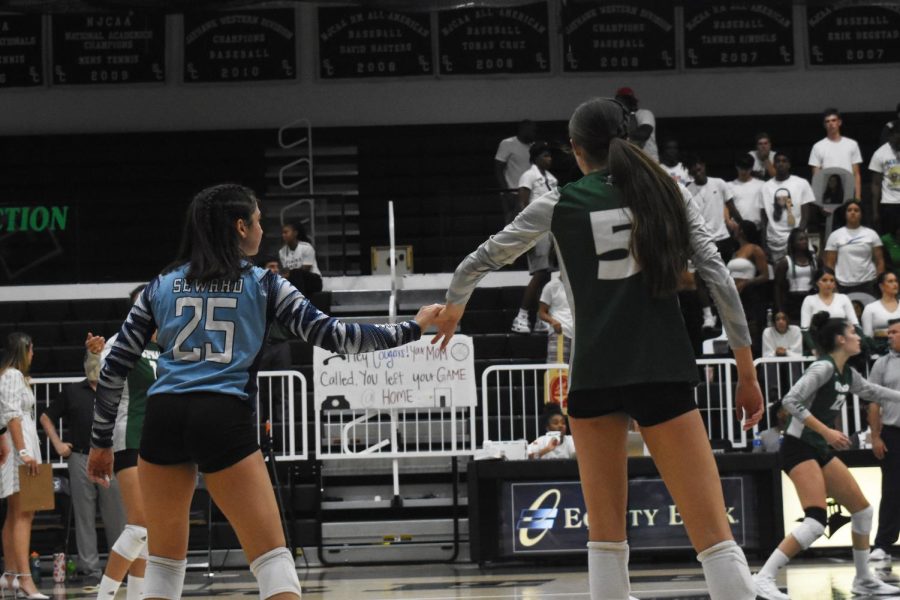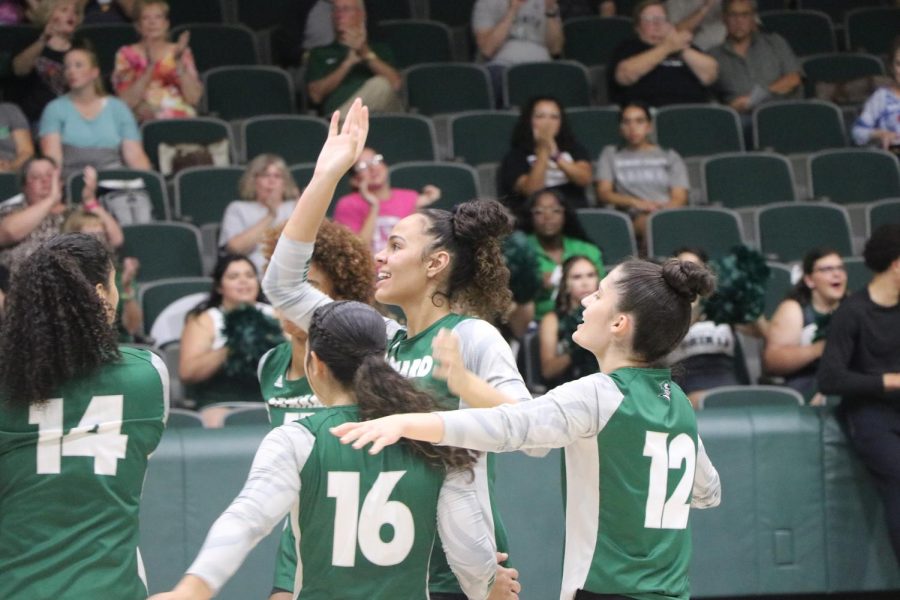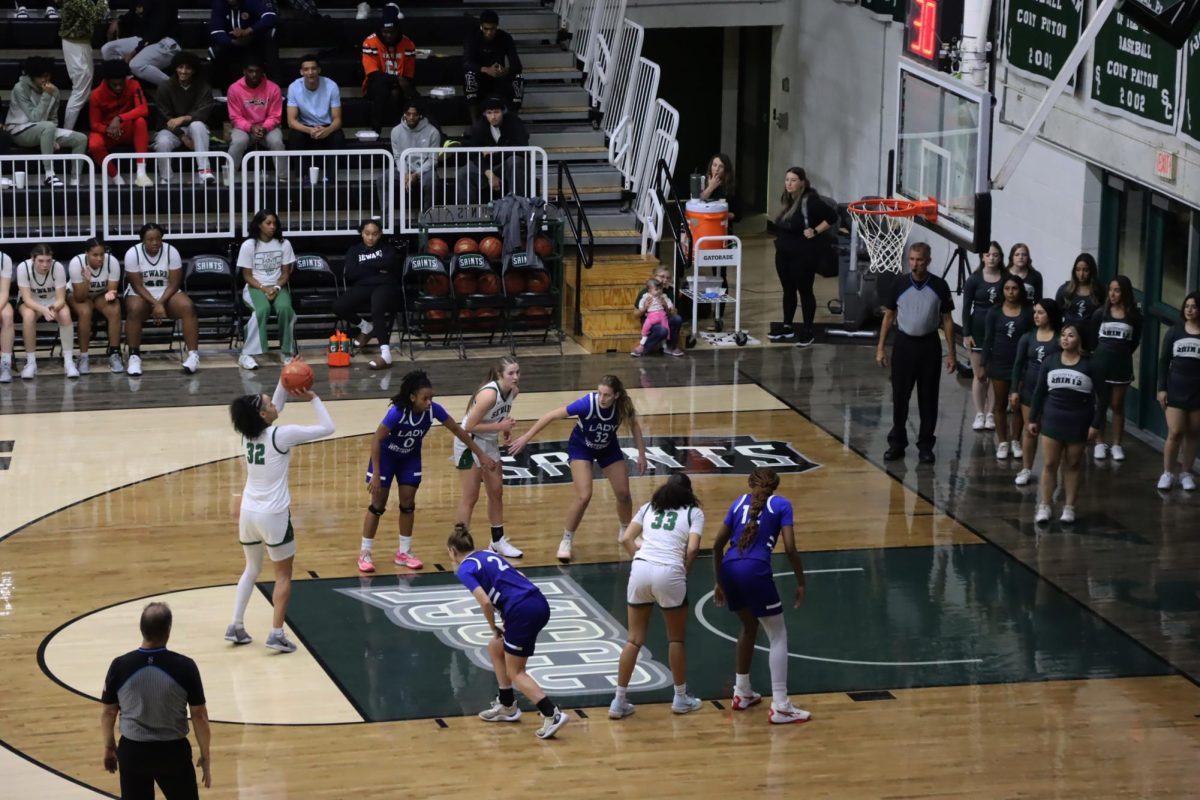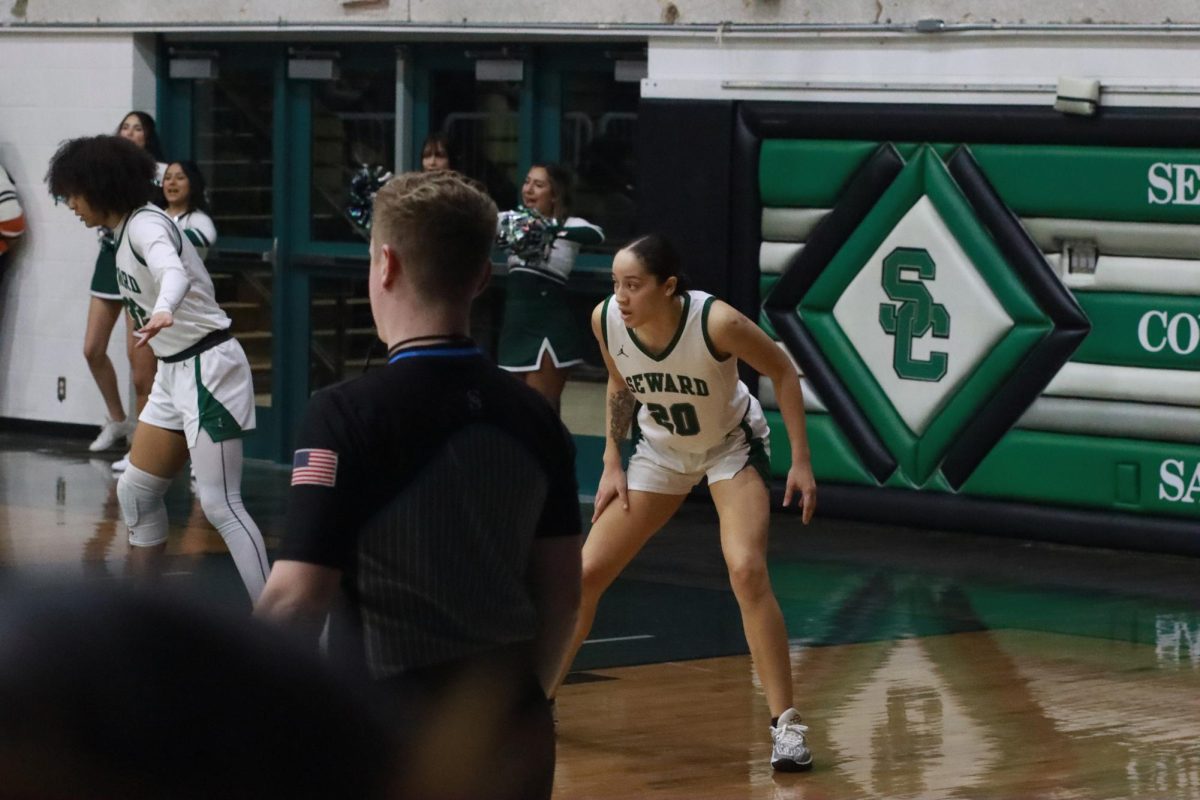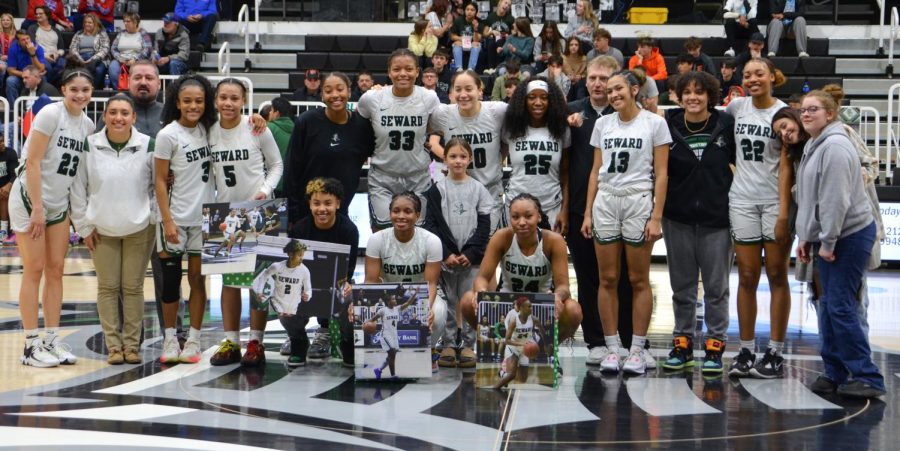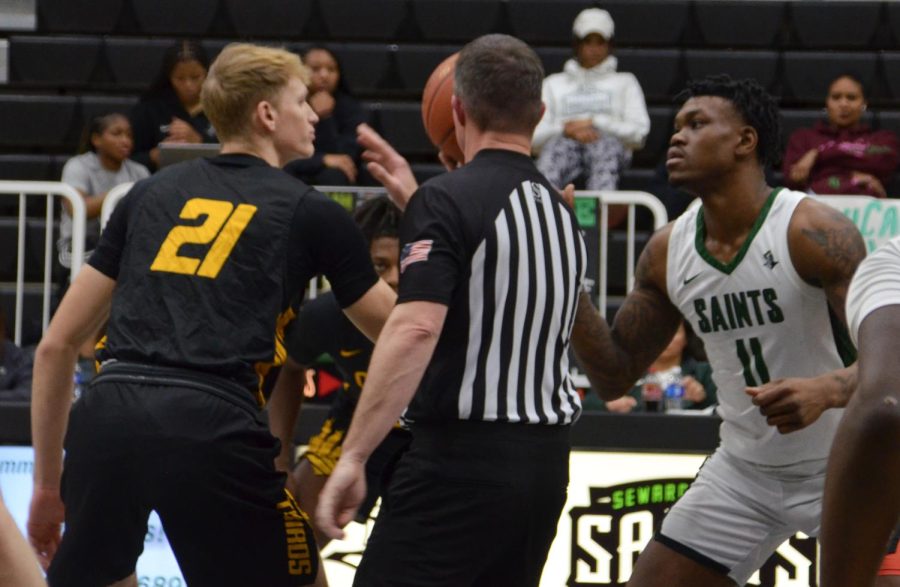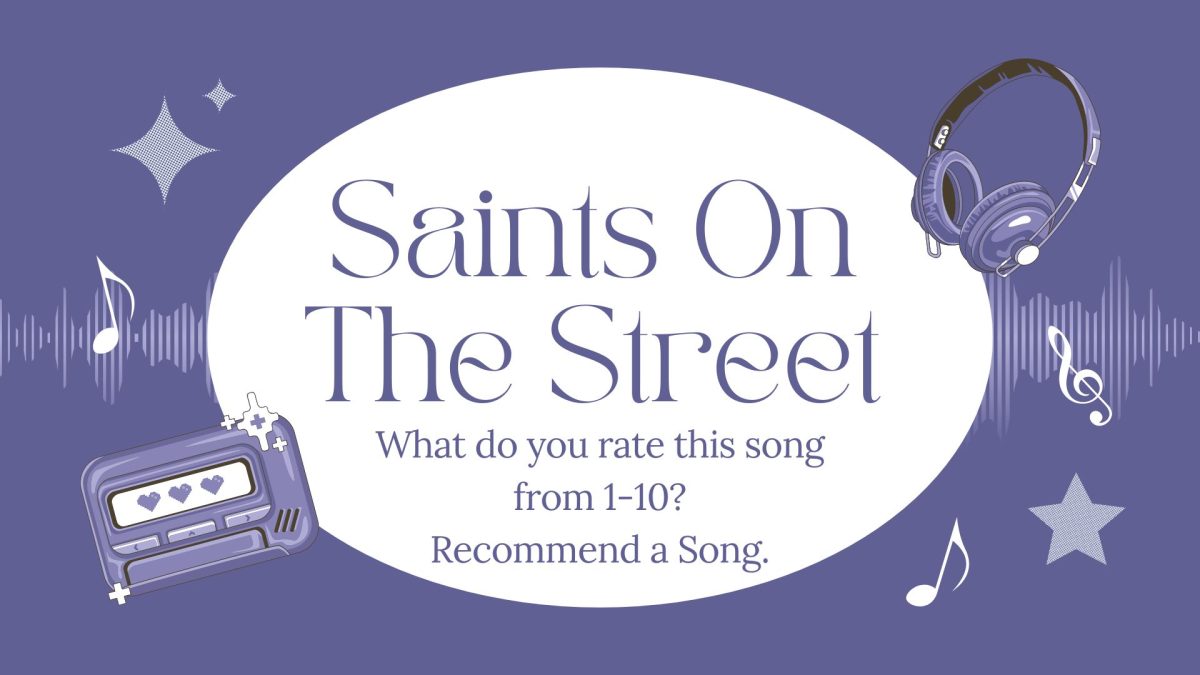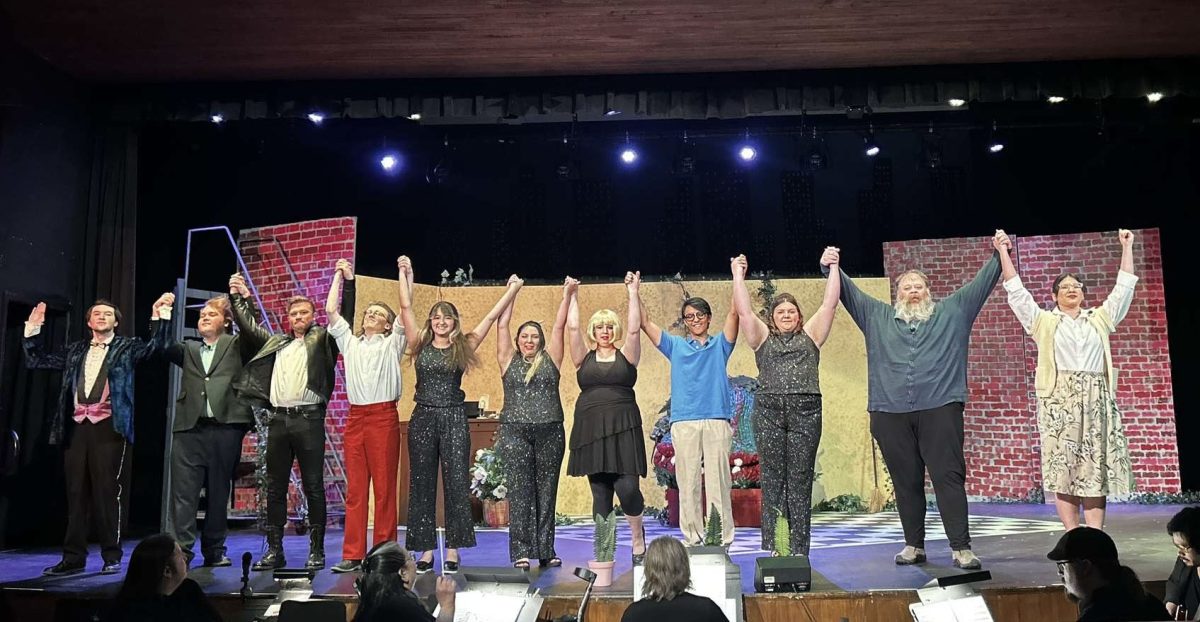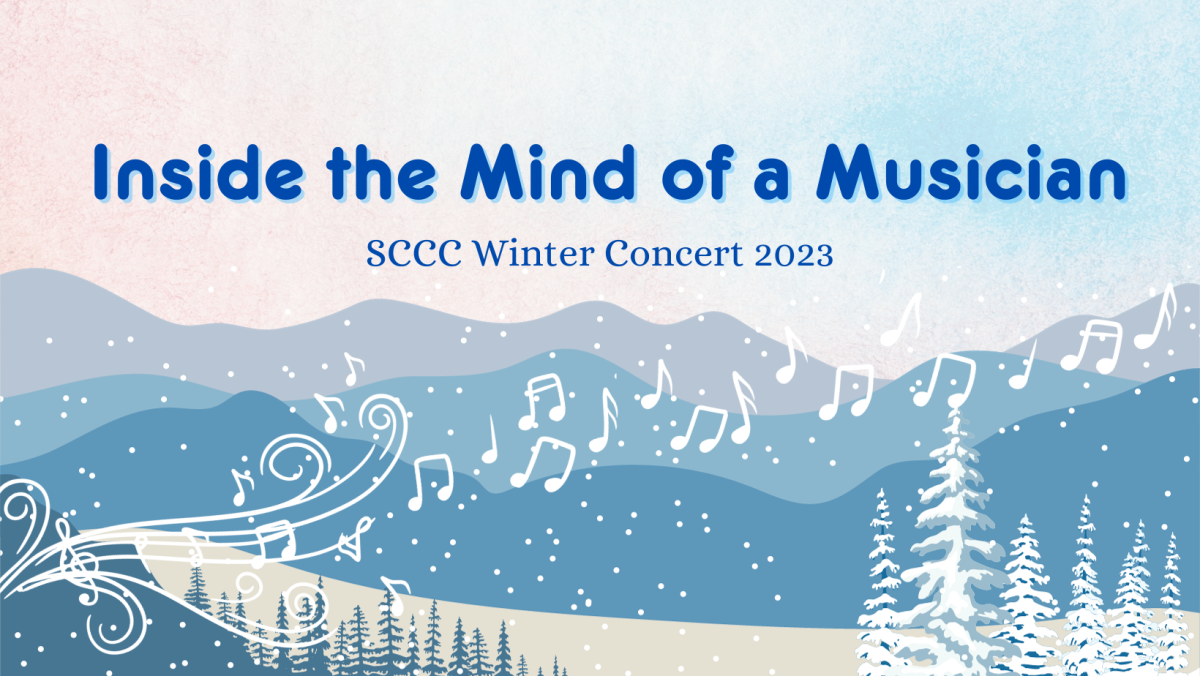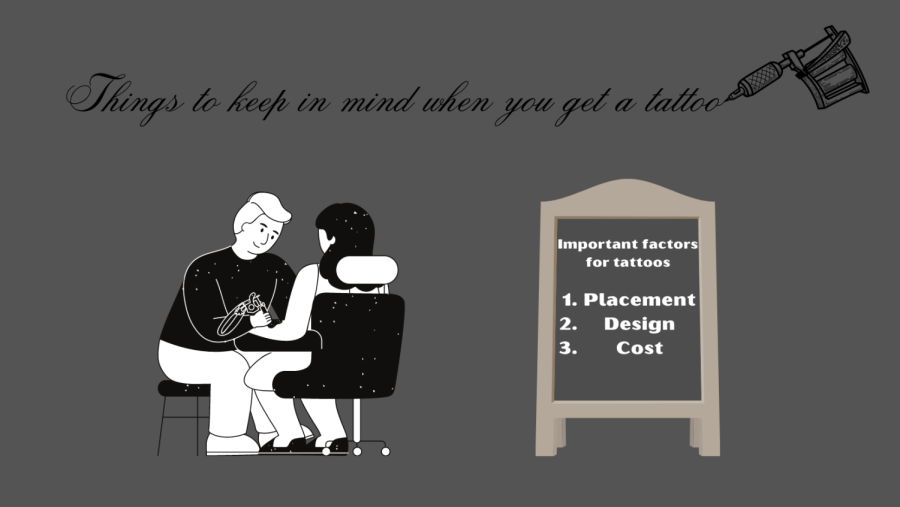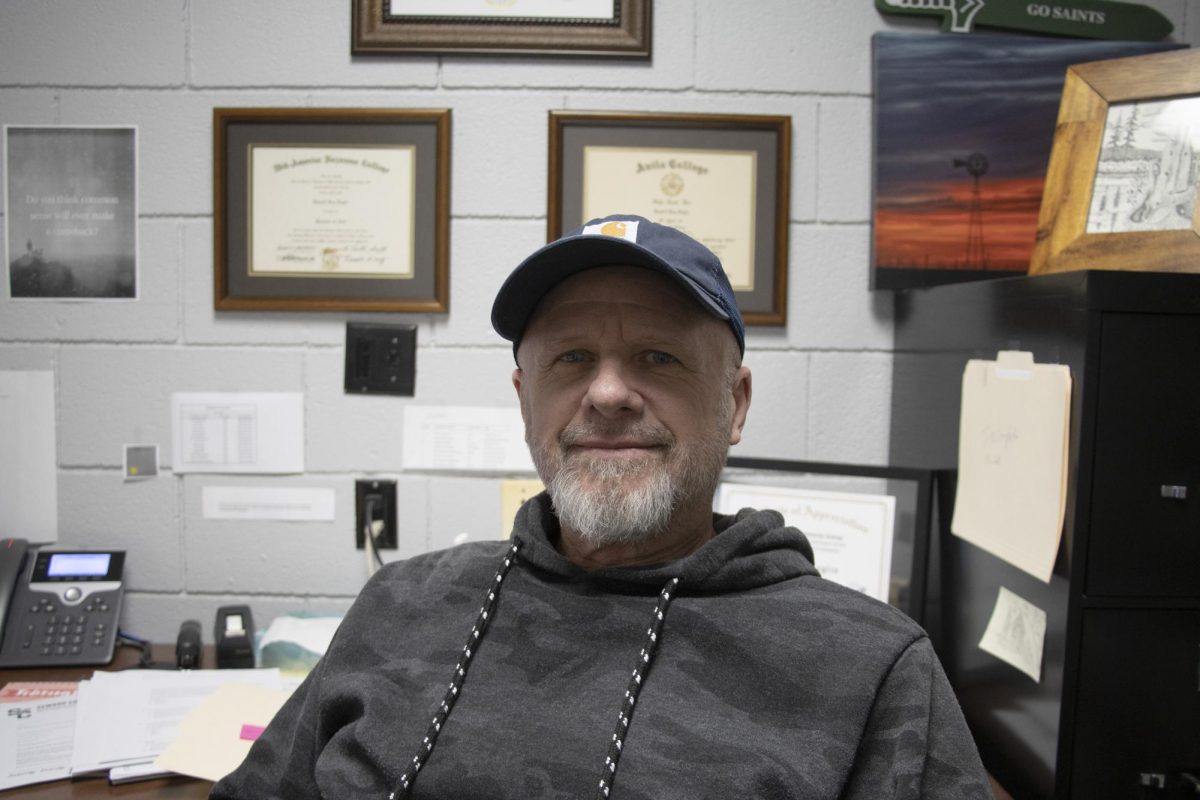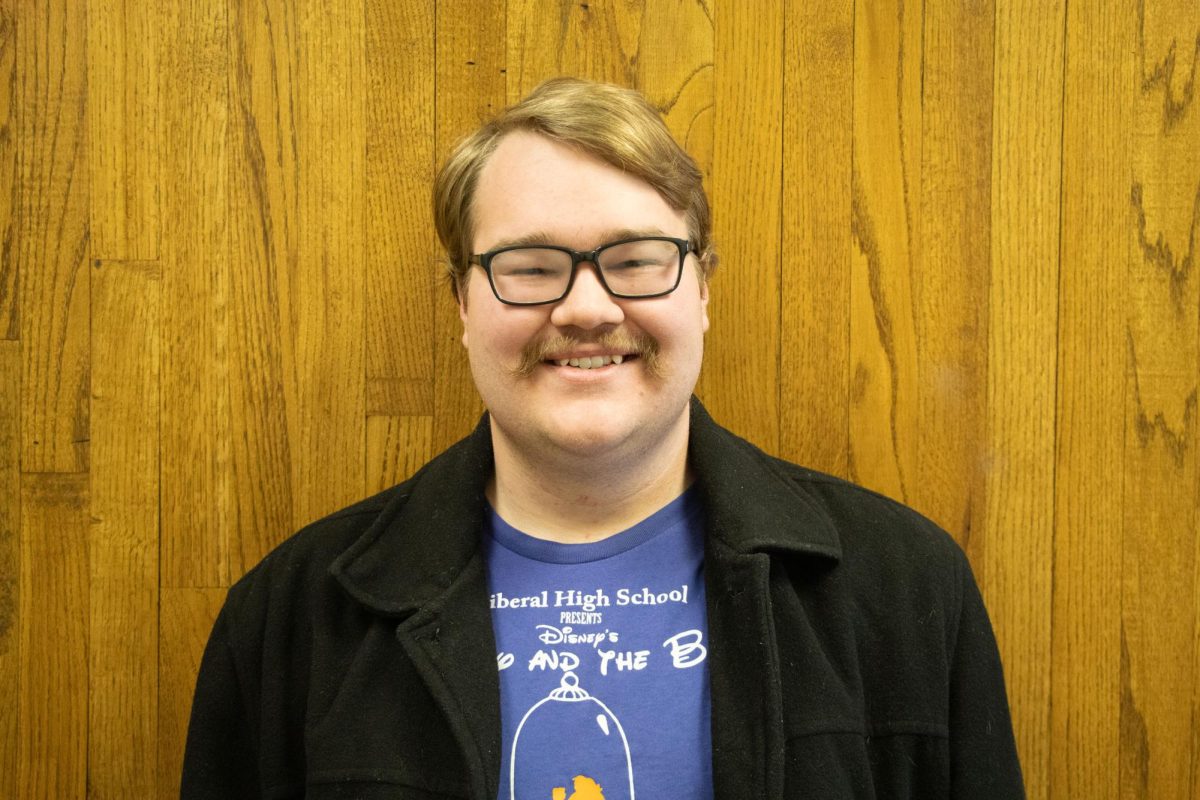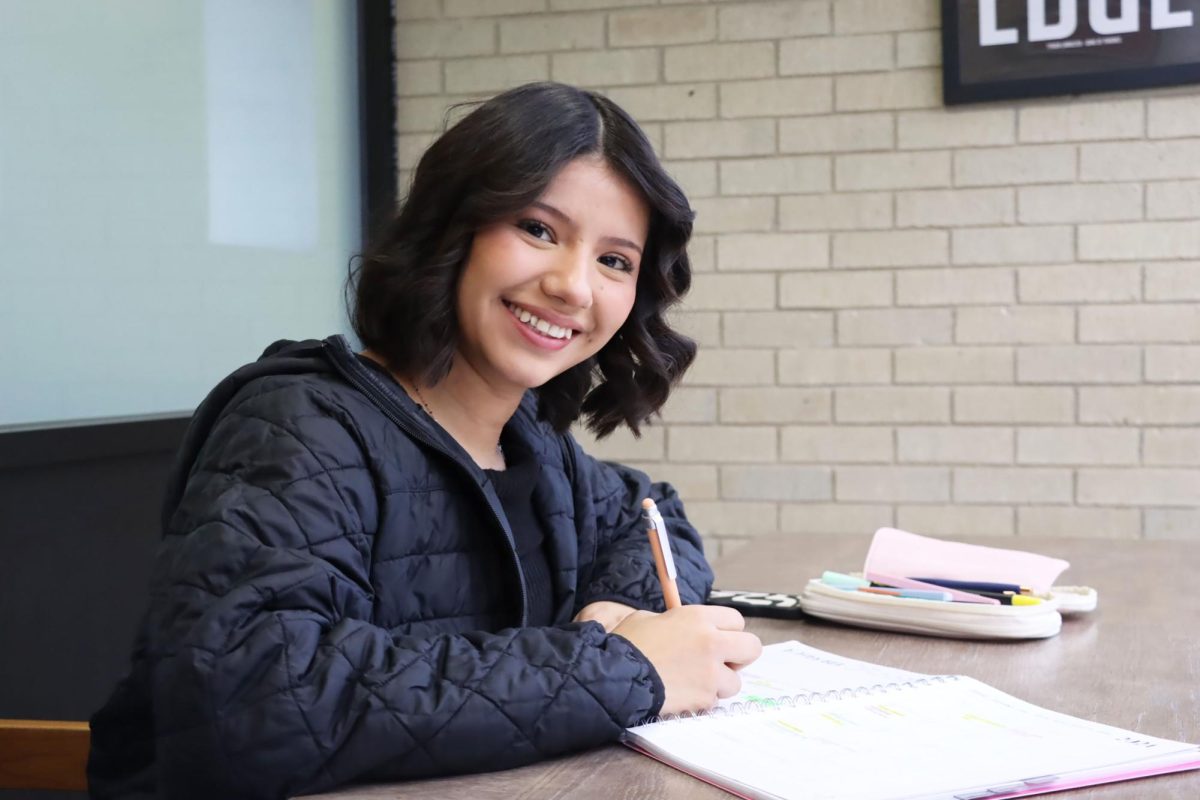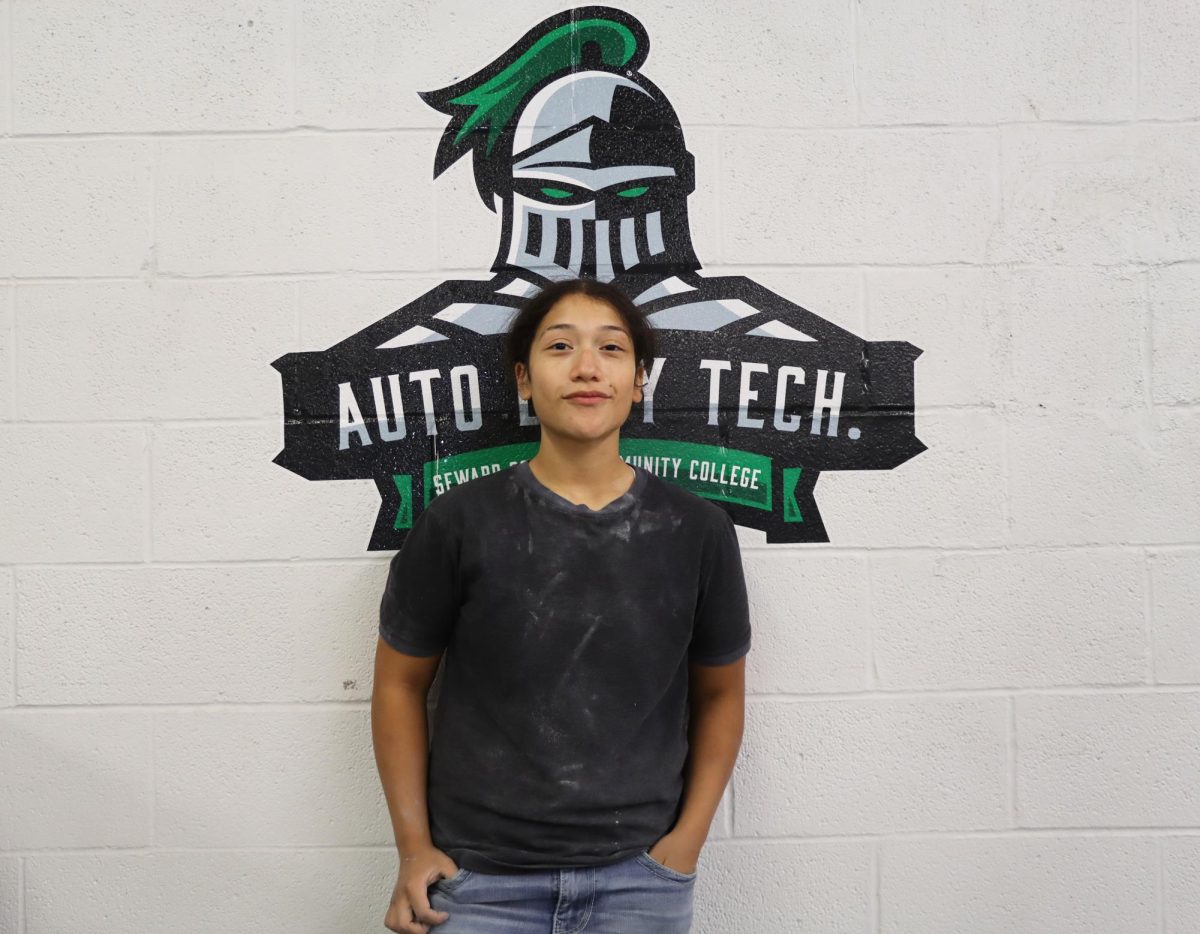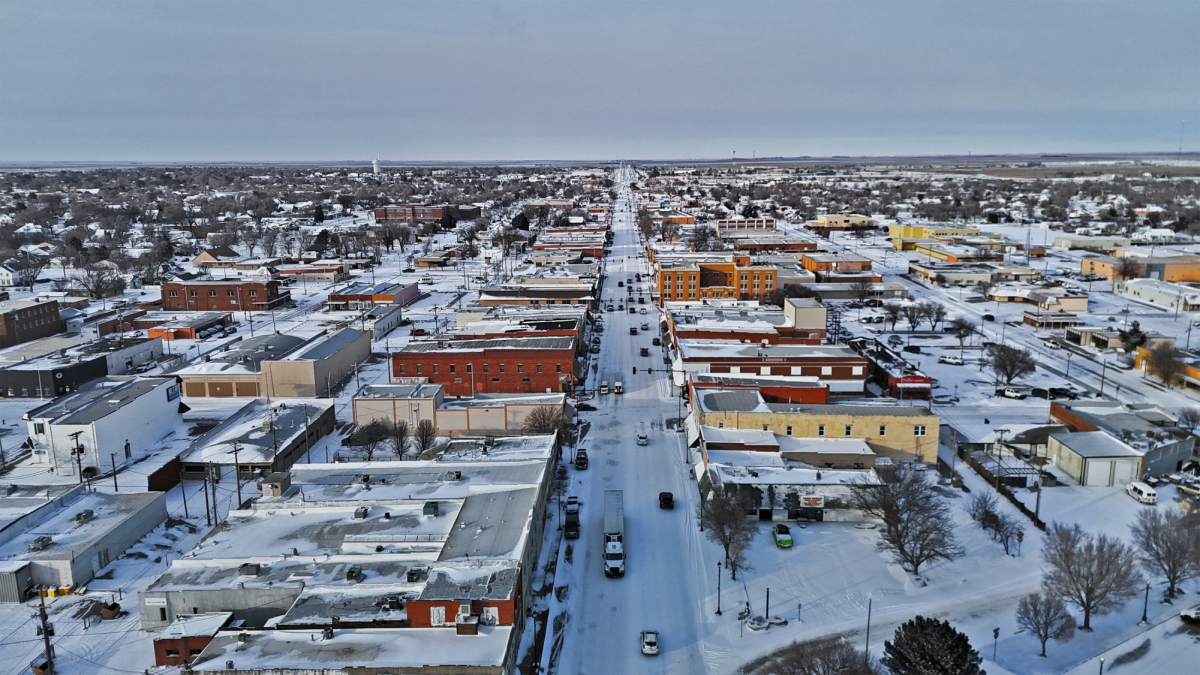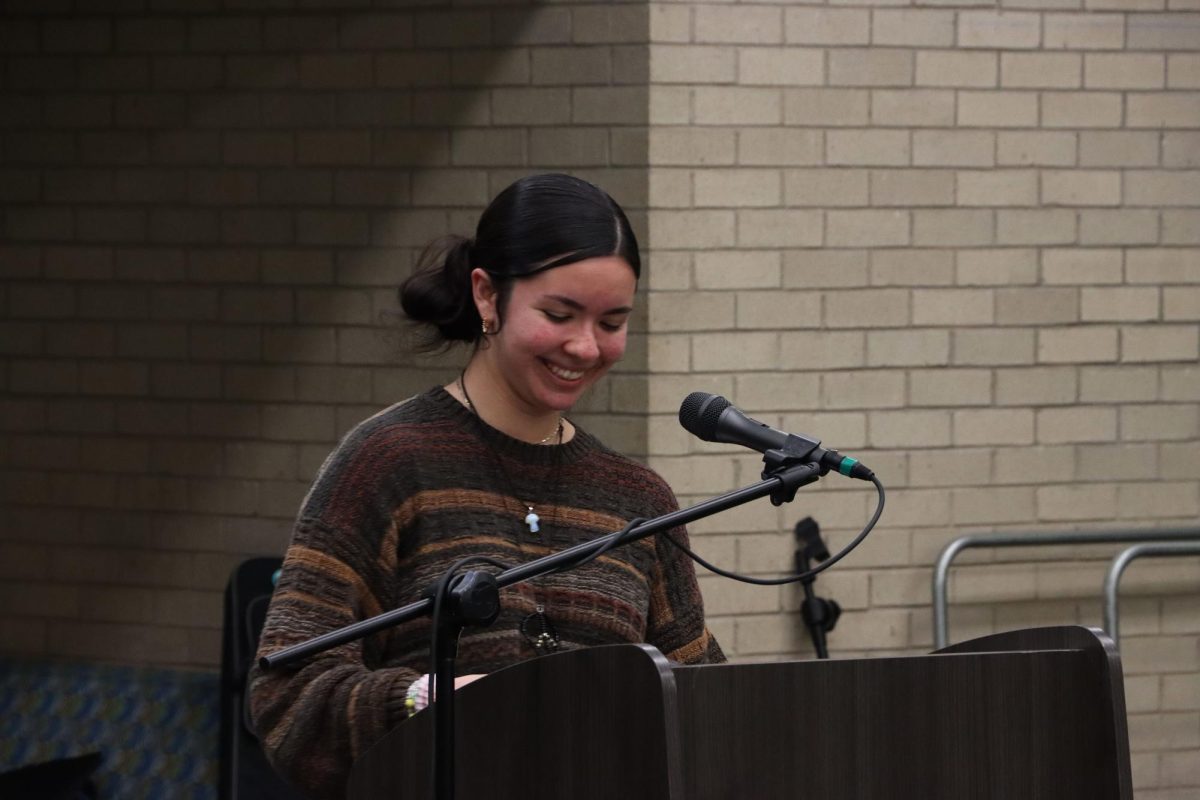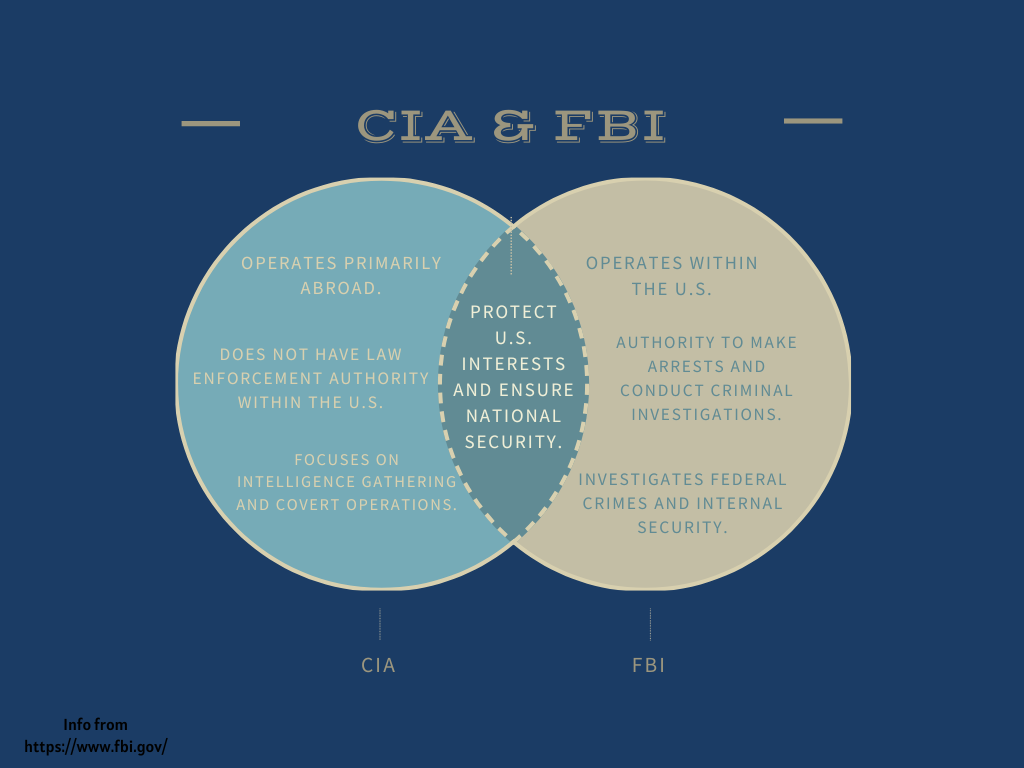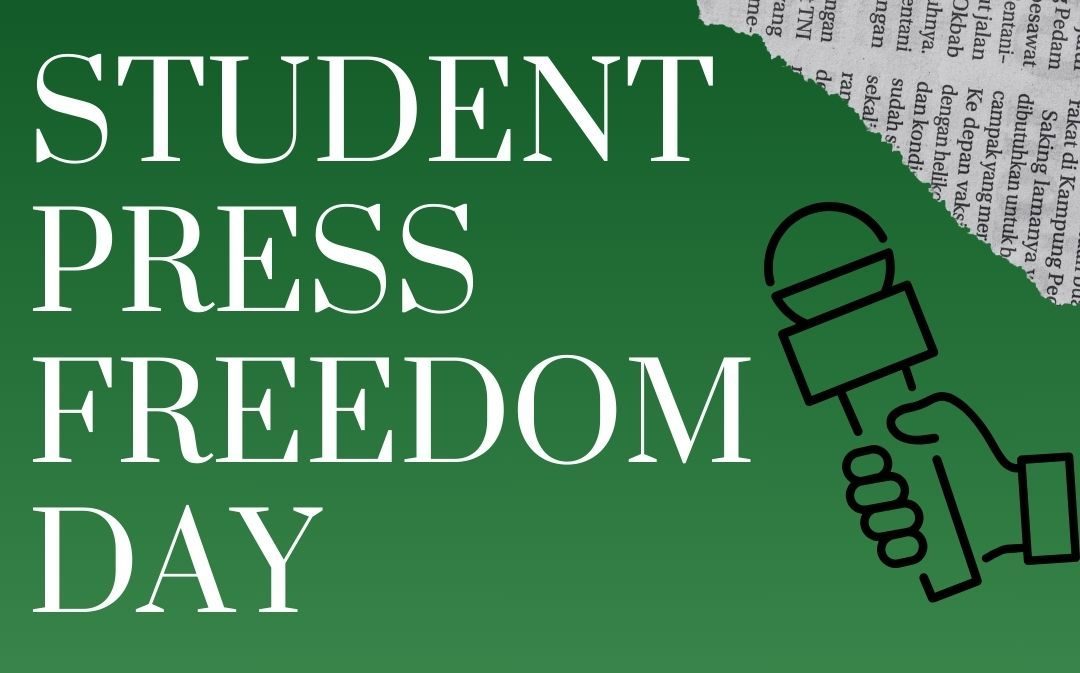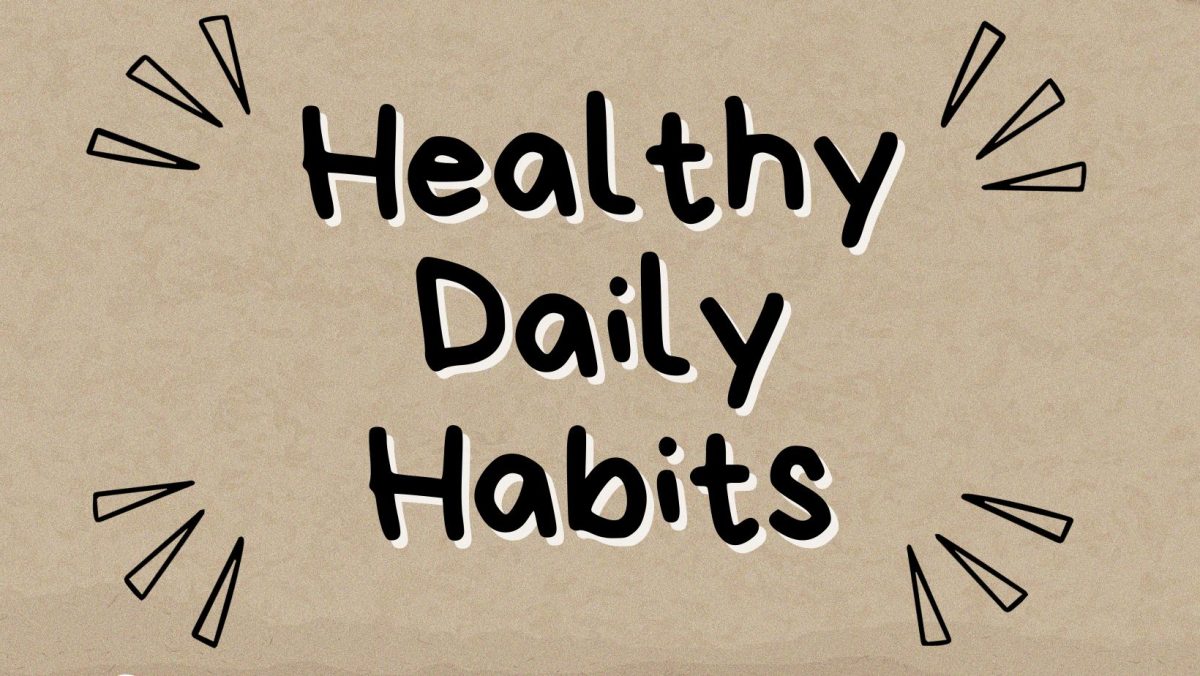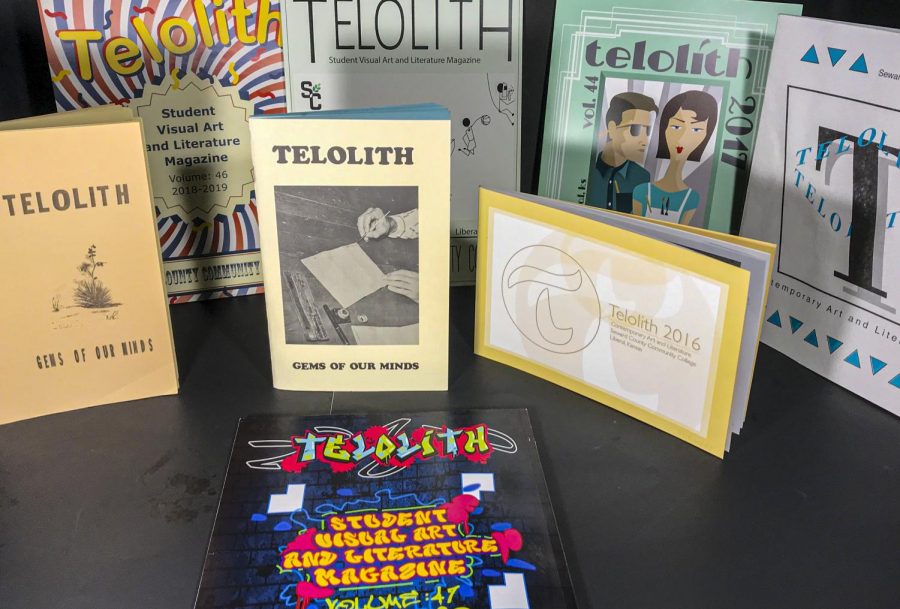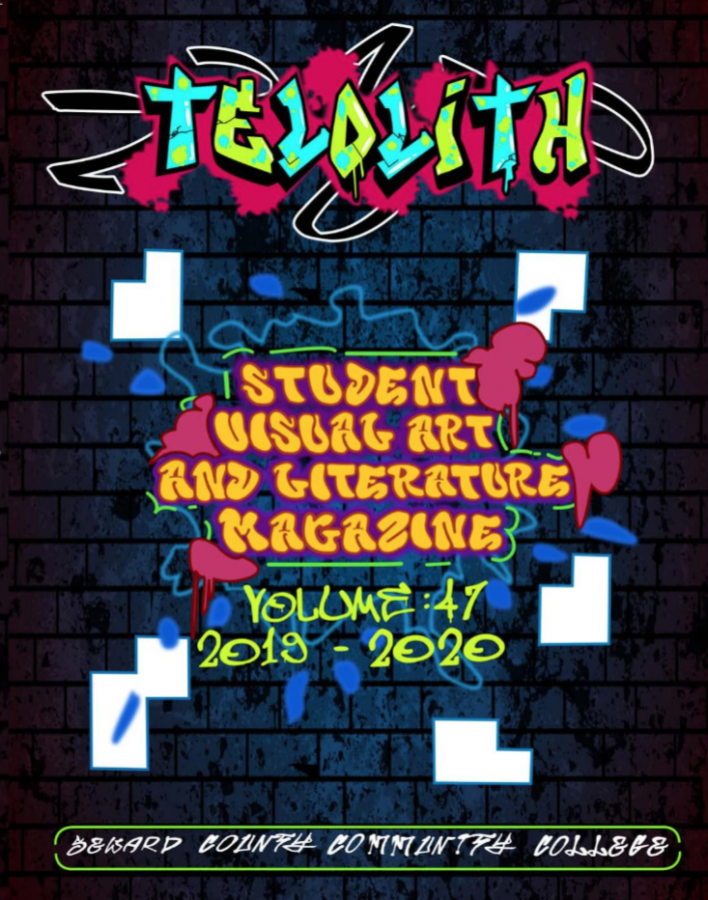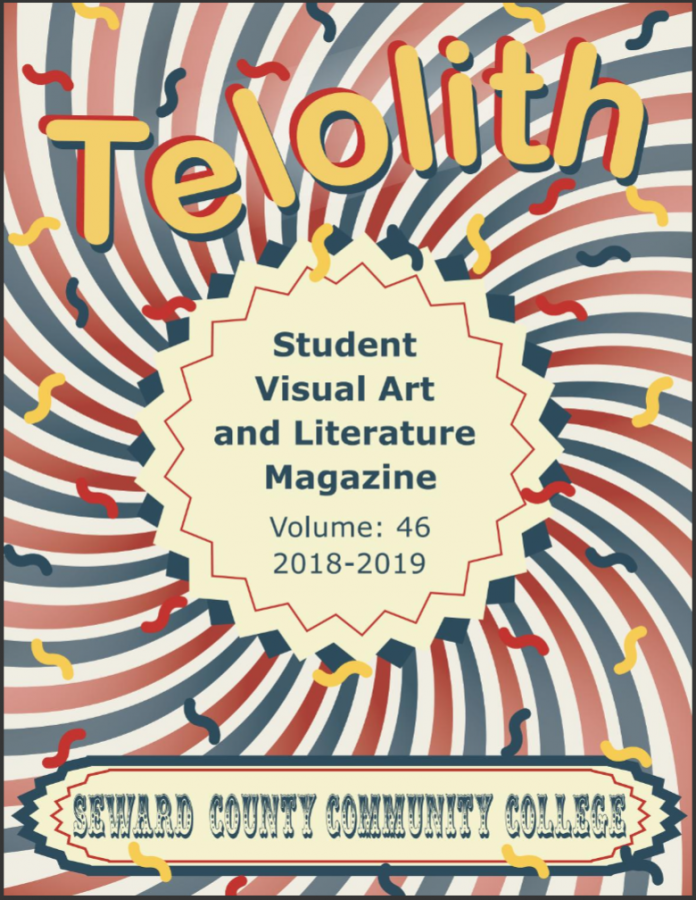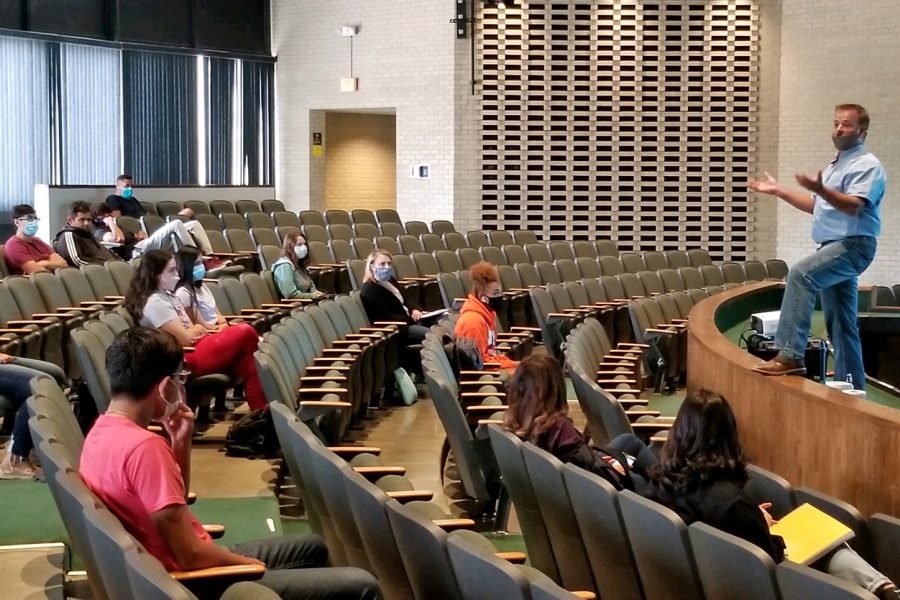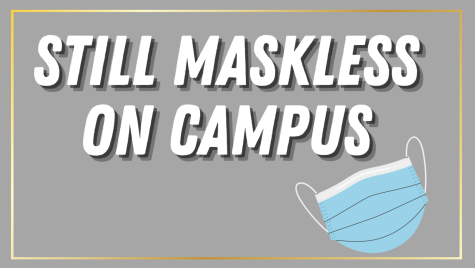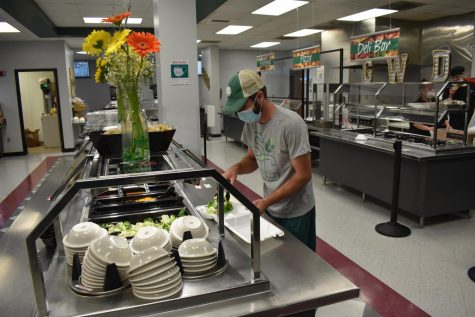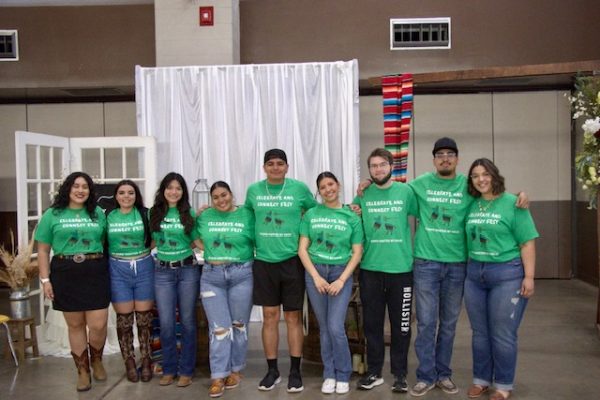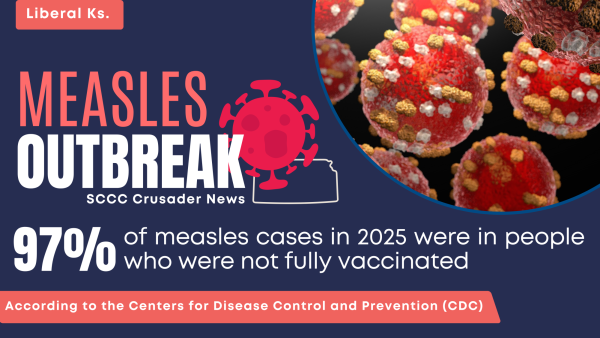Students, instructors react to COVID changes in the classroom
The Human Anatomy Class receives instructions about class from Donald Hays, instructor. Students are spread out all over the theater in an effort to practice social distancing. In past semesters, this class met in a lecture hall in the Hobble Building. Prior to this semester, the only classes in the theater had been music and theater before concerts or plays.
As fall classes came into full swing a few weeks ago at Seward County Community College, there was hope that things might return to a somewhat normal state. But, a step inside any of the buildings around campus revealed that classes are anything but normal this semester.
Strewn about the halls of the college were reminders that everyone should social distance and wear a mask—even the school mascot, Louie, reminded students to wear a mask in a PSA playing on the hall monitors.
For students, wearing a mask on campus can be a nuisance, especially for those who have pre-diagnosed breathing problems like asthma.
“Some of them are very obstructive, especially for me who wears glasses and has asthma. So, with predetermined breathing issues, it can make school life very difficult,” John Carmona, a sophomore majoring in psychology, explained.
Masks are not the only radical change that affected students, almost every class is utilizing zoom as a tool to make sure students are meeting social distance requirements. Many classes have gone to a hybrid-style learning where a student attends class in-person every other day.
Although Zoom can provide a positive aspect to a student’s learning, it can also have an opposite effect and inhibit a student’s ability to learn in the classroom.
“To me, Zoom is something that feels double edged, because Zoom is something that can give a student potential flexibility,” said Carmona. “A lot of people may not have a home space that is adequate to higher learning which could be mitigated by going into a college setting.”
Instructors also have to adapt to the changes. Some have had to completely change the setting of their classes due to social distancing. Ty Hughbanks, a biology instructor at the college, had to shift from the lecture hall to teaching in the theatre.
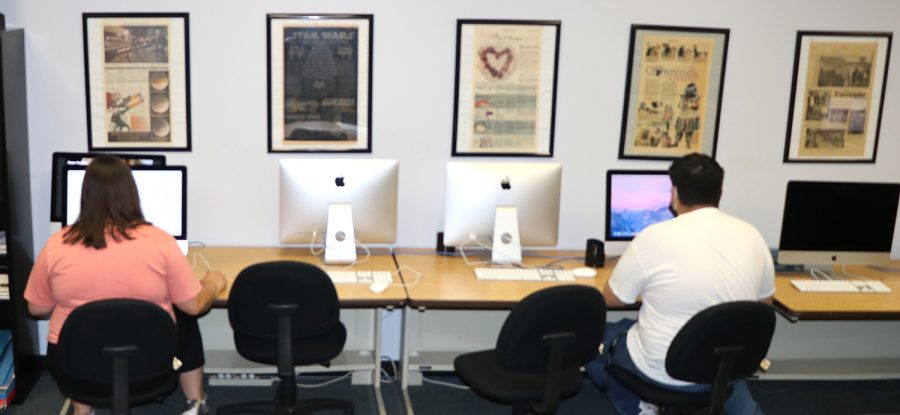
“Now I’m having to teach my lectures from the theatre, which is fine, but we don’t have all the same aspects to the facility. I don’t have easy access to a whiteboard for jotting stuff down, I don’t have access to a model or some demonstrative prop I would use in class to show something or to try and illustrate it so that we get a better idea,” Hughbanks explained.
Hughbanks also voiced his concern that the new restrictions imposed by COVID are lowering the rigor of higher education and that it may be nullifying the whole purpose of college.
“I feel like it’s bringing the bar down, we pride ourselves in education on maintaining rigor levels in our courses because that’s what justifies the whole system. Without rigor, that makes the whole higher learning bunk.”
Despite the frustration felt by instructors at the college who use a more hands-on approach in their teaching, there are teachers who feel the changes can be advantageous for students in the long run. Lori Muntz, an English instructor at the college, said she believes this will push her students to gain new skills that will become more relevant in the future relating not only to education but life in general.
“The thing that I think is the most powerful about going online, is that these are 21st century skills, to learn how to communicate online and how to learn online, to be able to present yourself online,” Muntz said.
“The people who are paying attention to the future are learning how to do this without the physical space and I want my students to be at the forefront of that,” she continued.
No matter what the direction the semester ends up going, whether it be remote or scraping by each week in the face that school could go online at any moment, students and faculty are making do with what has been given to them.
“When I think about the future, I hope we have more empathy for each other and we understand that we need to be allies for each other so we’re stronger as a national community,” Muntz said.

William Swanson is a simple man, he writes mediocre articles and he plays Halo 3. Water is his favorite food. He also thinks...
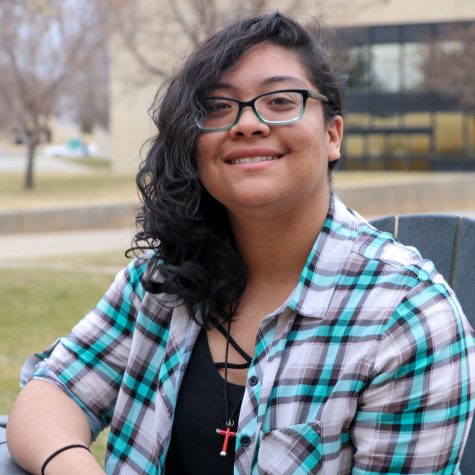
Maggie Ibarra is a behavioral science major from Garden City who can help solve all your problems. If you have problems,...



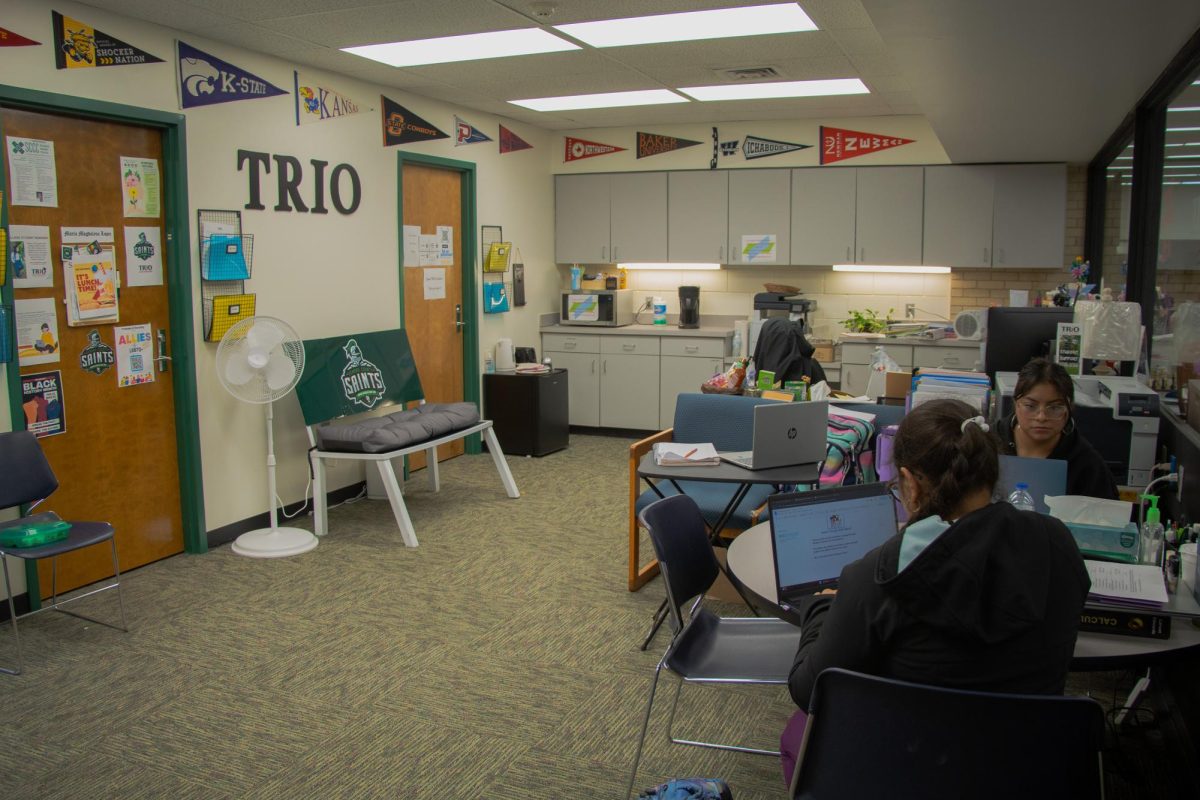


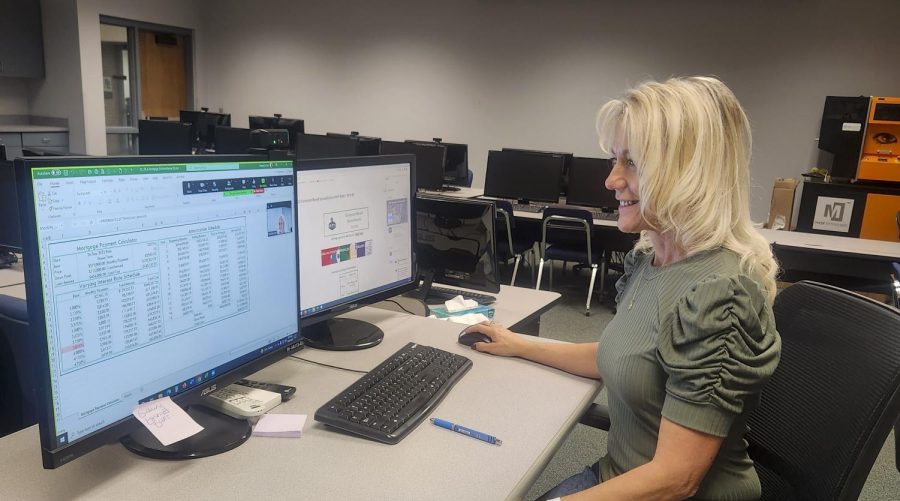


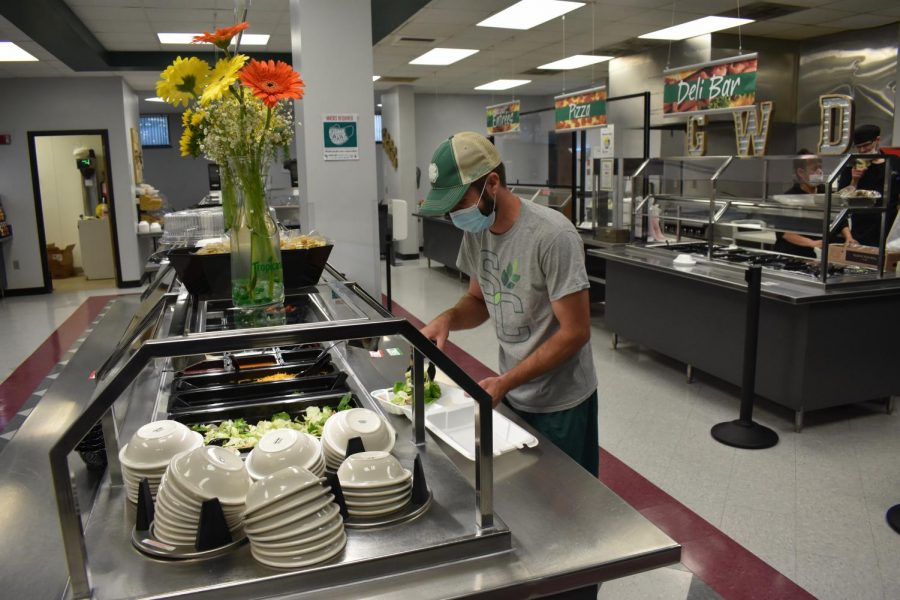




![The sophomores were recognized on the field instead of walking across the stage during their doubleheader. They received their diplomas and a picture of themselves playing during their career at Seward. [Pictured left to right are Dylan Day, Reed Thomas, Jase Schneider, Mason Martinez, Gannon Hardin, Brody Boisvert, and Zach Walker]](https://crusadernews.com/wp-content/uploads/2022/05/WEBDSC_0275-900x454.jpg)
